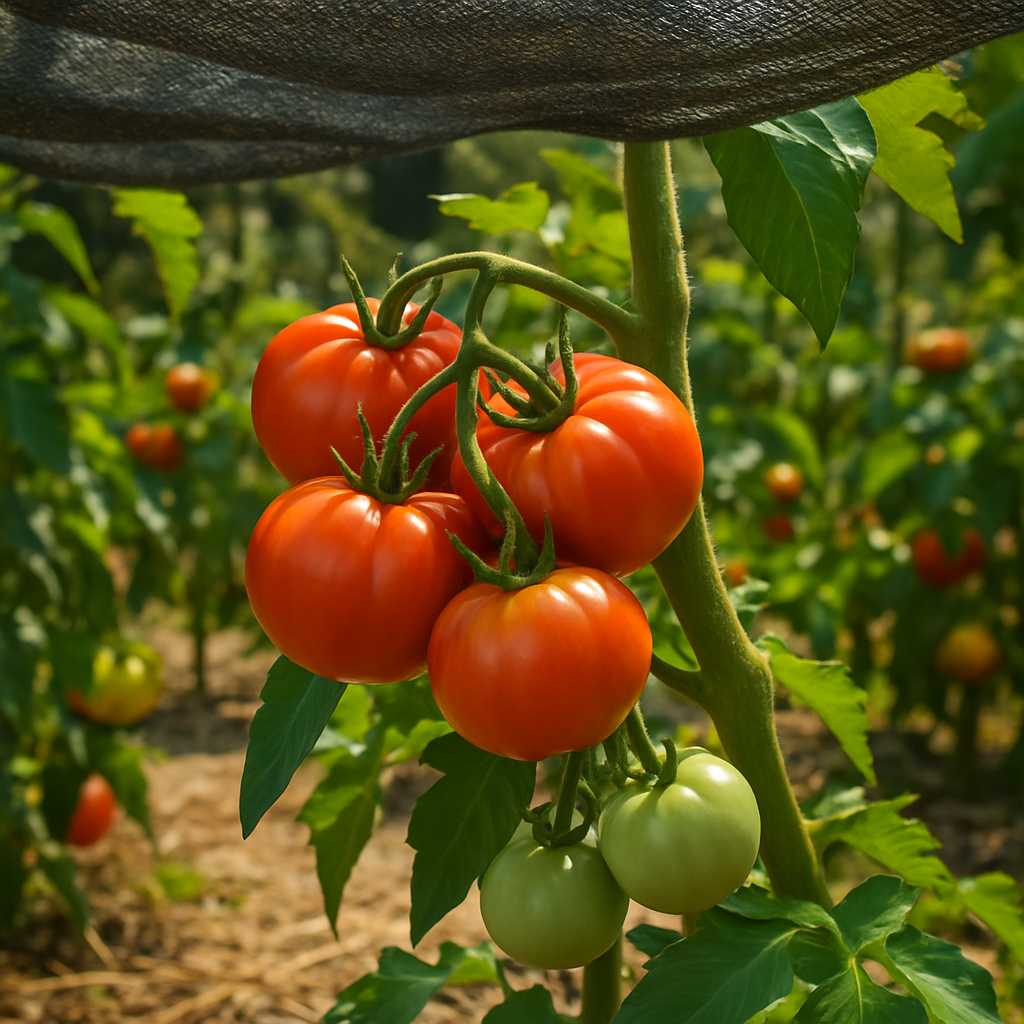How to grow strong, healthy tomatoes in Palmetto and beyond—starting right now!
If you live in Palmetto, Florida (Zone 10a) and dream of plump, healthy tomatoes this year, late July is the time to get serious. Florida’s long growing season gives you an advantage, but success depends on timing, soil prep, and smart planting methods.
This guide will walk you through exactly what to do right now to prepare your raised beds, choose the best varieties, and set your tomatoes up for success.
Refresh and Prep Your Raised Beds
Clear Out and Clean Up
Pull out any old plants or debris to reduce pests and diseases.
Loosen compacted soil with a garden fork to improve airflow and drainage.
Feed the Soil
Tomatoes are heavy feeders, so give your soil a nutrient boost before planting:
Mix in 2–3 inches of compost or composted manure (turn into the top 6–8 inches).
Add a balanced, slow-release organic fertilizer for steady feeding*.
* Recommended Product: Try Espoma Garden-Tone (3-4-4). It’s OMRI-listed for organic gardening, easy to use, and provides a consistent nutrient supply throughout the season.
Add a calcium boost to prevent blossom end rot—either crushed eggshells or an organic tomato fertilizer with calcium.
Organic pH Adjustments
Healthy tomatoes need slightly acidic soil (pH 6.0–6.8). You can adjust pH naturally:
To Raise pH (if soil is too acidic):
Use agricultural or dolomitic lime that’s mined, not chemically treated (organic-approved).
Or go 100% natural with crushed eggshells or wood ash.
To Lower pH (if soil is too alkaline):
Sprinkle elemental sulfur (approved for organic use).
Or slowly amend with pine needles, oak leaf compost, or coffee grounds.
Choose Heat-Tolerant, Florida-Friendly Varieties
Florida’s hot, humid summers demand tough tomatoes. Proven performers include:
Solar Set – Perfect for hot, humid climates.
Heatwave II – Sets fruit in 90+°F weather.
Florida 91 – Reliable hybrid with strong disease resistance.
Everglades Tomato – Hardy, tiny, and nearly bulletproof in Florida heat.
(Pro tip: Plant a mix of hybrids for reliable yields and Everglades for constant snacking and pollinator appeal!)
Start Seeds or Buy Transplants?
Starting Seeds? Start Now.
Use a light seed-starting mix in shallow containers.
Keep temperatures 75–85°F for fast germination.
Provide 6–8 hours of bright light to prevent leggy seedlings.
Buying Transplants?
Wait until mid-to-late August to buy healthy, disease-free starts.
Install Supports Early
Don’t wait until plants sprawl. Add sturdy cages or a Florida weave trellis now:
Improves airflow (reduces fungal disease).
Keeps fruit clean and easy to harvest.
Mulch to Keep Roots Cool
Florida sun can overheat your soil, causing blossom drop. Keep roots cool with:
2–3 inches of mulch (straw, shredded leaves, or pine straw).
Or try a unique local twist—palm fronds as free, organic mulch. (I’ll share how in an upcoming post!)
Commercial growers even use white-on-black plastic mulch to cool soil and suppress weeds—another technique we’ll explore soon.
Water Deeply and Consistently
Water 2–3 times per week in early mornings.
Switch to weekly deep watering once plants establish.
Use soaker hoses or drip irrigation to avoid wetting leaves.
Keep an Eye Out for Pests and Disease
Florida humidity = prime conditions for pests and fungi.
Check undersides of leaves weekly for whiteflies, aphids, andhornworms.
Treat early with neem oil or insecticidal soap*.
* Natural Pest Control Tip: DIY Baby Shampoo Spray
Need a quick, gentle insect control for soft-bodied pests? Try this homemade insecticidal soap:
Mix:
1 gallon warm water
½–1 tablespoon plain, unscented baby shampoo (no conditioners or added oils)
How to Use:
Spray directly on aphids, whiteflies, or spider mites, coating the tops and undersides of leaves.
Spray early morning or evening to avoid leaf burn.
Rinse plants after a few hours to prevent residue buildup.
For longer-lasting pest control and fungal protection, neem oil remains the best organic option.
Rotate crops yearly to prevent soil-borne diseases.
Timing Is Everything
In Zone 10a:
Start seeds now (late July/early August).
Transplant in mid-to-late August when seedlings are 6–8 inches tall.
Expect your first ripe tomatoes by late September to October.
Final Word: Grow Tomatoes with Intention
Healthy tomatoes don’t just happen—they’re grown with intention. By preparing your beds, choosing the right varieties, and timing your planting, you can enjoy baskets of juicy, Florida-grown tomatoes well into fall.
If you feel overwhelmed, I can help! As a local garden coach here in Palmetto, I’ll guide you step by step to grow your own thriving kitchen garden.
727-259-5994 | www.steppingstonegc.com

